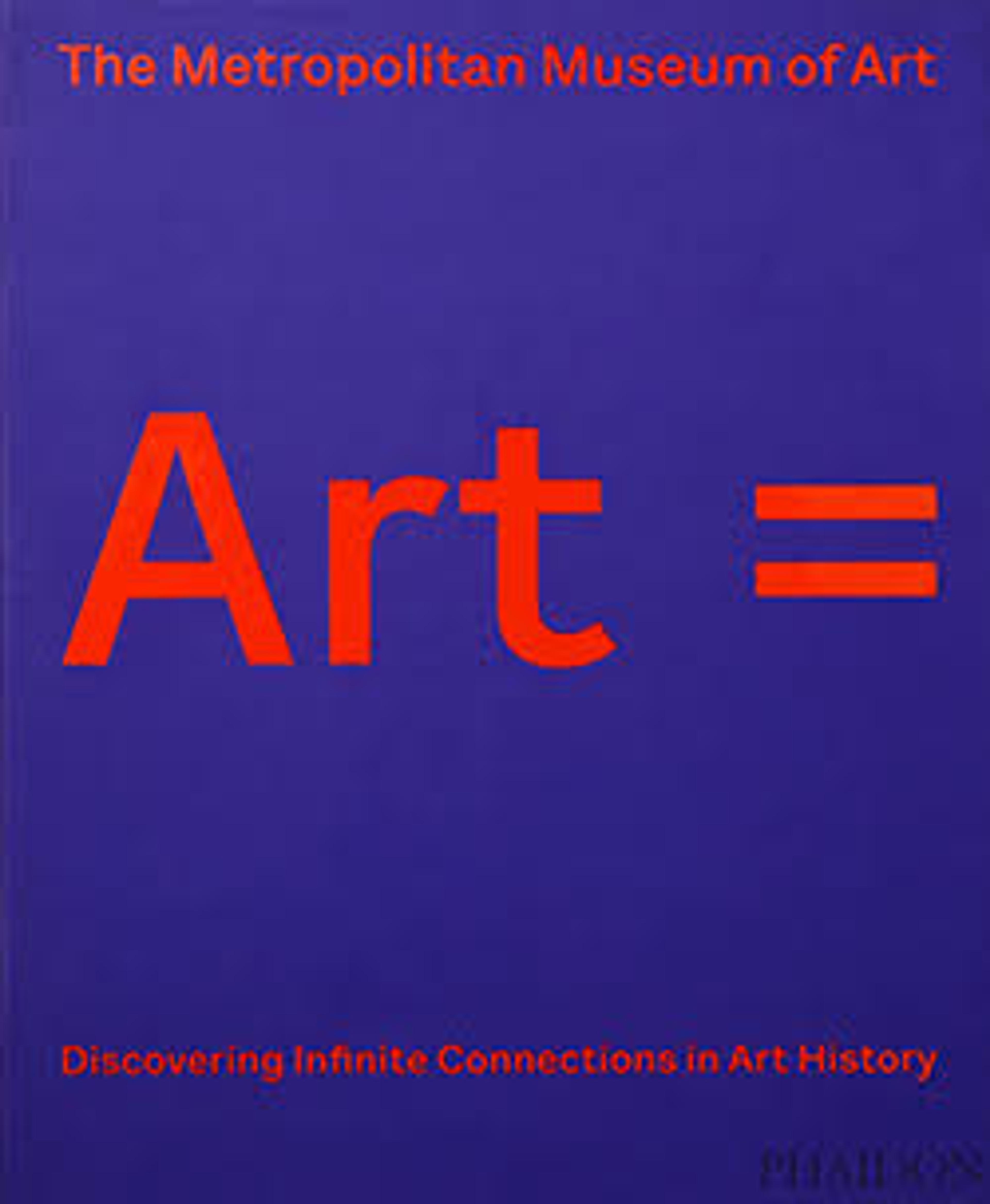Terracotta vase in the form of a Black African youth's head
We do not know who made or painted this vase, and the attribution to "The Negro Boy Group" is a modern classification devised by Sir John Beazley (1885-1970), a British scholar who specialized in Greek painted pottery and whose terminology continues to be used by scholars today. For ancient artists whose names are unknown, Beazley often used nicknames based on distinctive visual features or subject matter. Outdated or inappropriate words or phrases that have long been associated with an object are only retained because they remain necessary for reference and research. These terms are the focus of ongoing review in the museum in order to eliminate such biased terminology.
Vases in the form of heads have a long history in Greek and Roman art. This example is made in the fired-clay glaze technique developed in Greece during the seventh century BCE. Lustrous black glaze depicts the youth’s skin color, in this case the primary signifier of his identity. The ears, lips, and applied curls are highlighted with red, and white enhances the eyes.
The vase would have been used to pour wine at banquets and symposia (drinking parties), as part of a set of ceramic and metal vessels. The function of representations of Black Africans on Classical-period vases is not fully understood. Earlier interpretations of the heads singularly as servants or enslaved people likely reflect views through a modern lens. Heads of women make up the majority of this type of pouring vessel, along with heroes and mythological figures: Herakles, Dionysos, and satyrs. Recent research suggests that together they broadly signaled diversity and "otherness" from the perspective of Greek male symposium participants.
Vases in the form of heads have a long history in Greek and Roman art. This example is made in the fired-clay glaze technique developed in Greece during the seventh century BCE. Lustrous black glaze depicts the youth’s skin color, in this case the primary signifier of his identity. The ears, lips, and applied curls are highlighted with red, and white enhances the eyes.
The vase would have been used to pour wine at banquets and symposia (drinking parties), as part of a set of ceramic and metal vessels. The function of representations of Black Africans on Classical-period vases is not fully understood. Earlier interpretations of the heads singularly as servants or enslaved people likely reflect views through a modern lens. Heads of women make up the majority of this type of pouring vessel, along with heroes and mythological figures: Herakles, Dionysos, and satyrs. Recent research suggests that together they broadly signaled diversity and "otherness" from the perspective of Greek male symposium participants.
Artwork Details
- Title:Terracotta vase in the form of a Black African youth's head
- Artist:Attributed to the Negro Boy Group
- Period:Classical
- Date:4th century BCE
- Culture:Etruscan
- Medium:Terracotta
- Dimensions:H. 9 in. (22.9 cm)
- Classification:Vases
- Credit Line:Rogers Fund, 1903
- Object Number:03.3.1
- Curatorial Department: Greek and Roman Art
More Artwork
Research Resources
The Met provides unparalleled resources for research and welcomes an international community of students and scholars. The Met's Open Access API is where creators and researchers can connect to the The Met collection. Open Access data and public domain images are available for unrestricted commercial and noncommercial use without permission or fee.
To request images under copyright and other restrictions, please use this Image Request form.
Feedback
We continue to research and examine historical and cultural context for objects in The Met collection. If you have comments or questions about this object record, please contact us using the form below. The Museum looks forward to receiving your comments.
